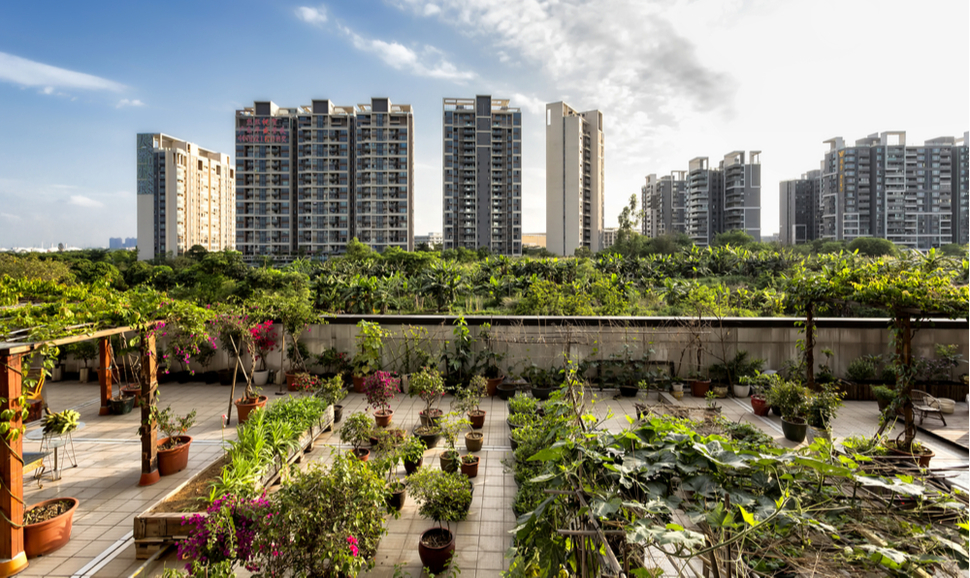



Article by: Hari Yellina
According to a new analysis from the Tony Blair Institute for Global Change, cities should aspire to produce at least 30% of their very own fruit and vegetables by 2030 through tech-enabled food production. The institute said in a paper published yesterday (28 April) that cities must use technological innovations to feed their growing populations, citing indoor vertical farms, greenhouses, and precision-farming tools as examples. It is estimated that by 2050, two-thirds of the world’s population will live in cities, consuming 80% of all food produced.
The authors of the paper outlined the following 10-point plan to improve food resilience in cities:
1. Growing 30% of Produce by 2030
To provide a “buffer” against supply-chain disruptions, use land more efficiently, reduce food miles, and attract investment and decent jobs, cities should seek to grow 30% of the fruit and vegetables consumed inside their boundaries and peri-urban area by 2030.
2. Treat Urban Space as an Asset
By connecting gardeners and businesses to vacant lots, buildings, and rooftops, city planners can maximise the potential of urban places.
3. Update Land Use and Permit Regulations
Permit regulations that are ambiguous or unduly burdensome can hinder would-be companies. Indoor farming would benefit from a separate land-use category.
4. Incentivise Crop Growing
Commercial buildings are a rapidly growing industry that can be used to generate food.
5. Attract commercial investment by sharing capital risk.
High upfront capital expenditures and long-term return on investment horizons are two of the most significant impediments to indoor vertical farming and other urban agtech adoption. To bridge the gap until these ventures become lucrative, government assistance is required.
6. Support Research and Development to Optimise Technology and Bring Down Costs
Funding and other forms of assistance are required to advance urban agriculture and related technologies, such as more efficient light-emitting diodes (LEDs). As a result, energy consumption will be reduced, increasing the total cost-effectiveness of urban agtech.
7. Educate the Next Generation of Urban Agtech Entrepreneurs
Urban farming is a wonderful solution to the agricultural workforce’s decline, but scaling it up will necessitate new types of skills and expertise. Internships, school projects, master’s programmes, and a better understanding of urban-agtech vocations can all help.